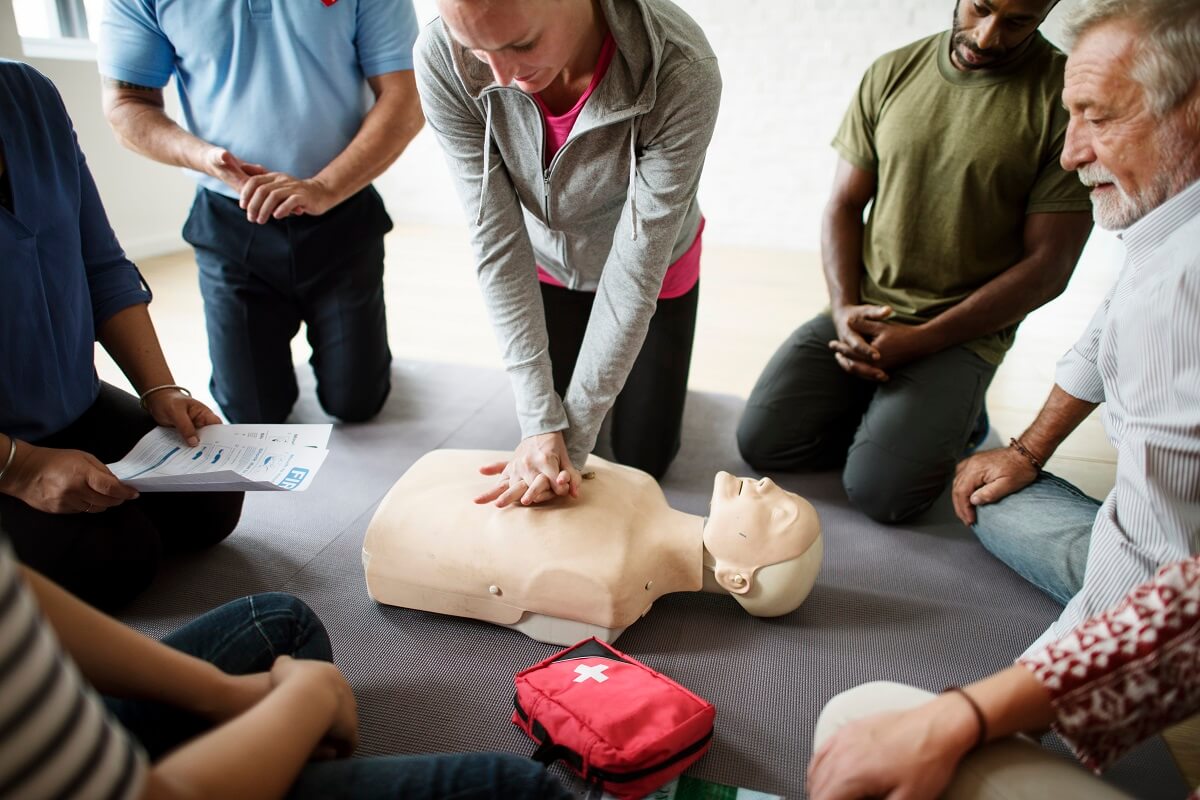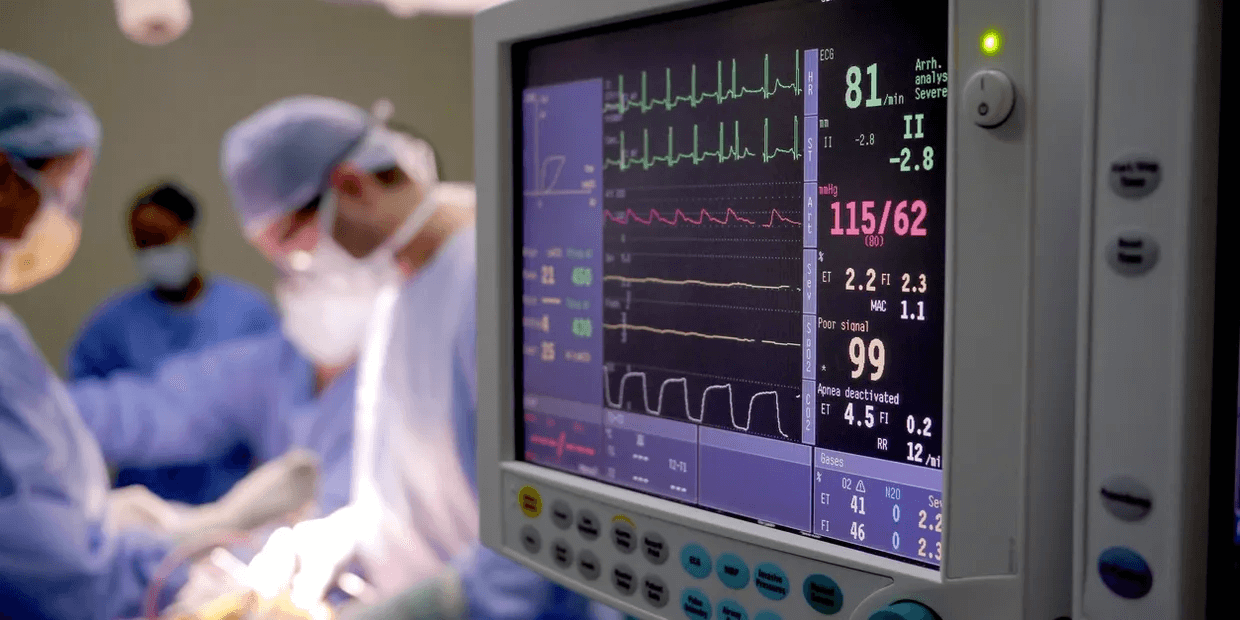BLS
This AHA course is designed for healthcare providers and all others who need to know how to perform CPR.
Upon Completion Students will know: High quality CPR for adults, infants and children
The importance of early AED use
The proper use and importance of a barrier device
The Importance of team resuscitation and each member’s roles
Relief of foreign body obstructions.


ACLS
This AHA course is designed for healthcare professionals who direct or participate in cardiac arrest and cardiovascular emergencies.
Upon completion students will know: BLS skills including chest compressions and use of AED and Bag mask ventilation.
Recognition and management of peri-arrest conditions such as symptomatic bradycardia
Pharmacology related to cardiovascular emergencies
Management of ACS and Strokes
PALS
This AHA course is designed for healthcare providers who respond to emergencies involving infants and children.
Upon completion students will know: Perform high‐quality cardiopulmonary resuscitation (CPR) per American Heart Association (AHA) basic life support (BLS) recommendations
- Recognize cardiopulmonary arrest early and begin CPR within 10 seconds
- Apply team dynamics
- Differentiate between respiratory distress and failure
- Perform early interventions for respiratory distress and failure
- Differentiate between compensated and decompensated (hypotensive) shock
- Perform early interventions for the treatment of shock
- Differentiate between unstable and stable patients with arrhythmias
- Describe clinical characteristics of instability in patients with arrhythmias
- Implement post–cardiac arrest management


EKG/Pharmacology
This class is designed for healthcare providers who may be involved in responding to cardiovascular emergencies. It a great pre-course for students looking to take ACLS and PALS as it covers EKG identification as well as medications. In addition, a Certificate of course completion will be provided which meets many hospital requirements for EKG rhythm identification coursework.
Upon Completion students will know: how to read and interpret an ekg rhythm strip
EKG and 12 lead placement and review
What medication are involved in cardiovascular emergencies and when to give them
Drug dosages, indications, and contraindications.
Home Health Aid- 40 Hour HHA
Our 40 hour HHA program is designed for Certified Nursing Assistants (CNAs) in California who are ready to expand their skills and become certified HHAs. This self-paced, online course offers the flexibility to start on any Monday and finish at your own pace-tpically within one week. This course includes modules covering client care, nutrition, safety in the home, and basic support services.
Upon completion, your information will be submitted to the California Department of Public Health (CDPH) for HHA certification. This course also qualifies for 26 in-person Continued Education Units (CEUs) for CNA certification renewal
Requirements:
-Must hold active CA CNA certification
-Proof of prior livescan clearance
-BLS Certification
-Reliable internet access and device for course work
Program Cost- $450

